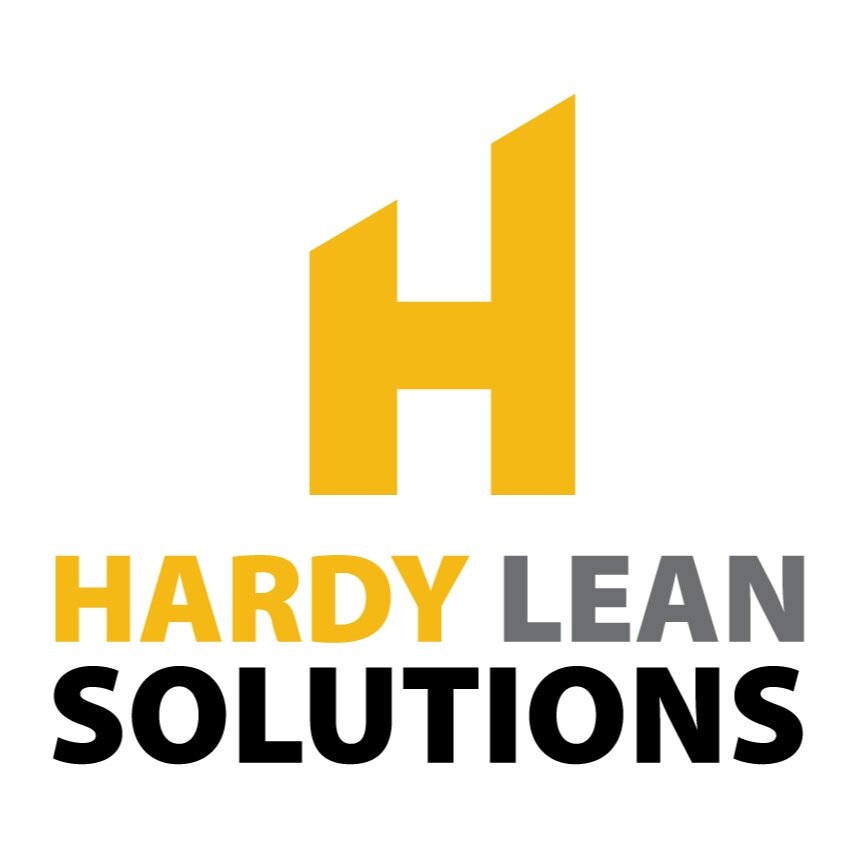In today's fast-paced world, the importance of ergonomics in industrial design cannot be overstated. Striking a balance between functionality and user comfort is crucial for optimizing productivity and promoting health. This list will explore the key ergonomic features that modern industrial design must incorporate to enhance user experience and efficiency.
1. Adjustable Workstations for Flexibility
Modern industrial designs emphasize adjustable workstations to accommodate varying user needs and preferences, allowing for a more personalized and comfortable work environment.
These workstations can easily transition between sitting and standing positions, which is vital for preventing discomfort during extended working hours. The ability to change postures not only counters fatigue but also promotes better circulation. Furthermore, many designs now integrate adaptive features like height-adjustable desks or tiltable work surfaces, catering to the diverse requirements of a multi-user environment. Whether for a manufacturing setup or an office space, the flexibility of these workstations ensures that everyone can find their optimal ergonomics.
2. User-Centric Controls and Interfaces
Incorporating intuitive controls that are easily accessible reduces strain and enhances overall efficiency, making equipment operate seamlessly for various operators.
User-centric controls mean more than just positioning — they involve understanding how workers interact with machines or tools. For instance, the layout of buttons and touchscreens must be designed with ergonomic principles, ensuring that operators can reach and operate them without excessive effort. Additionally, visual indicators and clear labeling can minimize cognitive load, allowing users to focus on their tasks instead of deciphering complex systems. This attention to interface design leads to quicker training times and fewer errors, ultimately increasing productivity across the board.
3. Supportive Seating Solutions
Ergonomically designed seats provide essential lumbar support and promote proper posture, crucial for those who spend long hours at work.
The modern workforce often finds itself seated for prolonged periods, exacerbating musculoskeletal disorders. This highlights the significance of seating solutions that conform to the user’s body shape, providing dynamic lumbar support that adjusts to movements. Seats constructed with breathable fabrics and adjustable arms not only accommodate individual preferences but also encourage movement and interaction. As more organizations recognize the value of health-conscious furniture, investing in high-quality seating becomes not just a matter of comfort, but also a proactive strategy to minimize workplace injuries.
4. Optimized Tool Design for Comfort
Tools engineered with the user's comfort in mind, such as those with non-slip grips and balanced weights, enhance performance and reduce fatigue.
The design of tools is crucial in any industrial setup, where repetitive motion can lead to serious physical strain. Manufacturers are increasingly adopting ergonomic principles to create tools that fit comfortably in the hand. Features like contoured handles and materials that reduce vibration are now standard in innovative tool design. Such designs not only improve comfort but also enhance precision and control, which is essential in high-stakes environments. When tools are made with the user in mind, they not only improve efficiency but also contribute to a safer working environment.
5. Effective Lighting Solutions
Proper lighting not only reduces eye strain but also creates a safer work environment, mitigating the risk of accidents and improving focus.
Lighting plays a vital role in enhancing ergonomics within any workspace. Natural light, for instance, is preferred for its health benefits and influence on productivity. Many modern designs incorporate adjustable lighting fixtures that can change intensity based on time of day and task requirements. This flexibility ensures that workers aren’t left in poorly lit situations that can lead to eyestrain or errors in task performance. By prioritizing effective lighting solutions, organizations create environments that support wellness and efficiency.
6. Streamlined Workflow Patterns
Designs that promote seamless movement and task completion minimize unnecessary effort and time, enhancing overall productivity.
The architecture of a workspace significantly influences how tasks are performed, highlighting the necessity for streamlined workflow patterns. By strategically placing equipment, workstations, and storage, industrial designers can reduce unnecessary movements. This thoughtful arrangement not only boosts productivity but also lowers frustration levels among employees. Furthermore, the implementation of lean manufacturing principles can guide the flow of materials and tasks, ensuring that every step is efficient and well-organized.
7. Use of Soft Materials for Reduced Impact
Materials that absorb shock and provide cushioning play a critical role in reducing physical strain, ensuring safety and comfort during operations.
The choice of materials utilized in industrial design is essential to foster a more humane working environment. Modern advancements have led to the incorporation of soft, impact-absorbing materials that mitigate stress on joints and muscles during tasks. From flooring that reduces fatigue to tool grips that minimize impact during use, the right materials can significantly enhance user comfort. As designers continue to innovate with material technology, we can expect more products that prioritize the well-being of the user while maintaining functionality.


